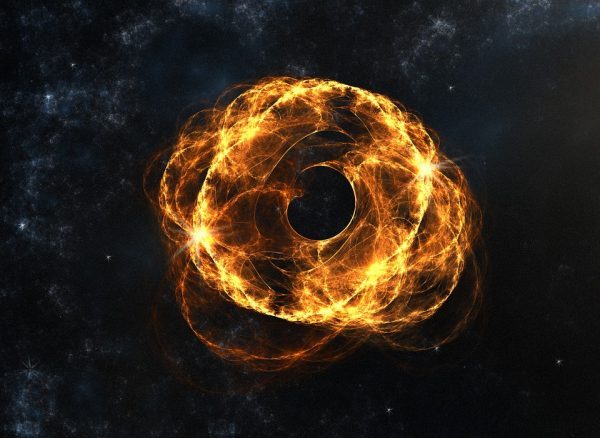In 1974, Stephen Hawking theorized that the universe’s darkest gravitational behemoths, black holes, were not the pitch-black star swallowers astronomers imagined, but they spontaneously emitted light — a phenomenon now dubbed Hawking radiation.
The problem is, no astronomer has ever observed Hawking’s mysterious radiation, and because it is predicted to be very dim, they may never will. Which is why scientists today are creating their own black holes.
Researchers at the Technion-Israel Institute of Technology did just that. They created a black hole analog out of a few thousand atoms. They were trying to confirm two of Hawking’s most important predictions, that Hawking radiation arises from nothing and that it does not change in intensity over time, meaning it’s stationary.
“A black hole is supposed to radiate like a black body, which is essentially a warm object that emits a constant infrared radiation,” study co-author Jeff Steinhauer, an associate professor of physics at Technion-Israel Institute of Technology, said in a statement. “Hawking suggested that black holes are just like regular stars, which radiate a certain type of radiation all the time, constantly. That’s what we wanted to confirm in our study, and we did.”



